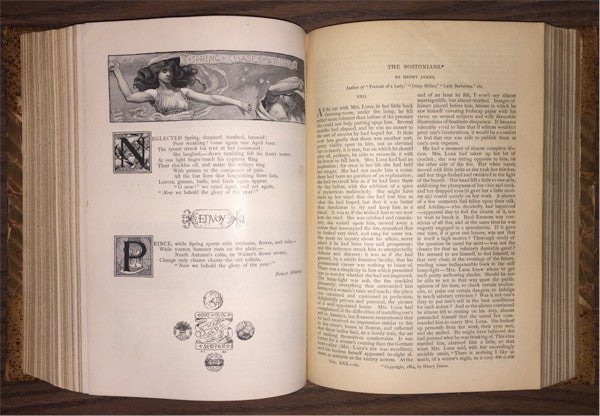By: Ferkó Goldinger, Marketing Manager, Appleton Coated, fgoldinger@appletoncoated.com
Article reproduced in its entirety from UPPERCASE #33, courtesy of Janine Vangool, UPPERCASE.

As you’ve no doubt noticed, the page you’re perusing looks and feels altogether different from most of this issue. Indeed, most issues of UPPERCASE. Faithful readers of UPPERCASE (this writer included) love the look and feel of its pages. So, why gloss coated paper? Perhaps the best person to answer that question is Janine herself: “As a graphic designer, it is nice to have a palette of print and paper options to enhance the personality of the content and the experience of reading it. In issue 30, for example, the Utopia U2:XG Ivory Matte coated stock provided by Appleton Coated gave nice warmth to the readers' projects made from wood. In this particular issue, I wanted to highlight UPPERCASE readers' submissions on gloss, resins and plastics by printing them on U2:XG Gloss —the surface of the paper really enhances the shiny smoothness of their projects.”
“It is commonly supposed that halftone engraving brought about coated paper. Frank J. Ball, of the Miehle Printing Press Company and foreman of the De Vinne pressroom says that coated paper was used first for woodcut printing, according to the Inland Printer: A.W. Drake, art manager of the Century Magazine, was constantly striving for higher and higher ideals in engraving and printing. Mr. De Vinne, the printer of the Century, was having more and more trouble the nearer Mr. Drake reached his ideals. One day a form of wood engravings was giving unusual trouble when a pressman …suggested running through a sheet of glazed stock, such was used on the cover of cheap books. The result was that every line of the woodcuts stood out clean and sharp. Mr. Drake then sent the sheet to Mr. S.D. Warren who thought he could make a paper that would print as well as the glazed stock. So coated paper was made and used on the Century. This was in 1884 or 1885…”1

Over one hundred and thirty years later, Jim Moran, the Museum Director of the Hamilton Wood Type & Printing Museum in Two Rivers, Wisconsin offers his observation, “There is nothing like coated paper for revealing the intricacies of Hamilton's vintage blocks. From the hand-carved wood to the century old photo-engravings, that beautifully-smooth finish easily yields the greatest detail. Even the very grain of the wood type is reflected in the print.”
Not to gloss over it, but the decision to use or not use coated paper should be driven by what the needs of the project are — Gloss for shiny subjects, Mattes, Dulls, and Silks for a great feel, ease of reading, and softer subject matter. Appleton Coated offers many papers – both coated and uncoated as seen in UPPERCASE #30 – to allow your print projects to reach their highest printed ideal. Find more at appletoncoated.com
The writer wishes to thank Janine Vangool, Jim Moran, and The Paper Discovery Center in Appleton, Wisconsin and archivist Jane Azzi in particular who brought in her grandfather’s copies of the Century from 1885. They are stunning.
1"How Coated Paper Originated." Paper Volume 16 no.26 (Sept. 8, 1915)
Paper – A Weekly Technical Journal for Paper and Pulp Mills
Official Organ of the Technical Section — American Pulp and Paper Association